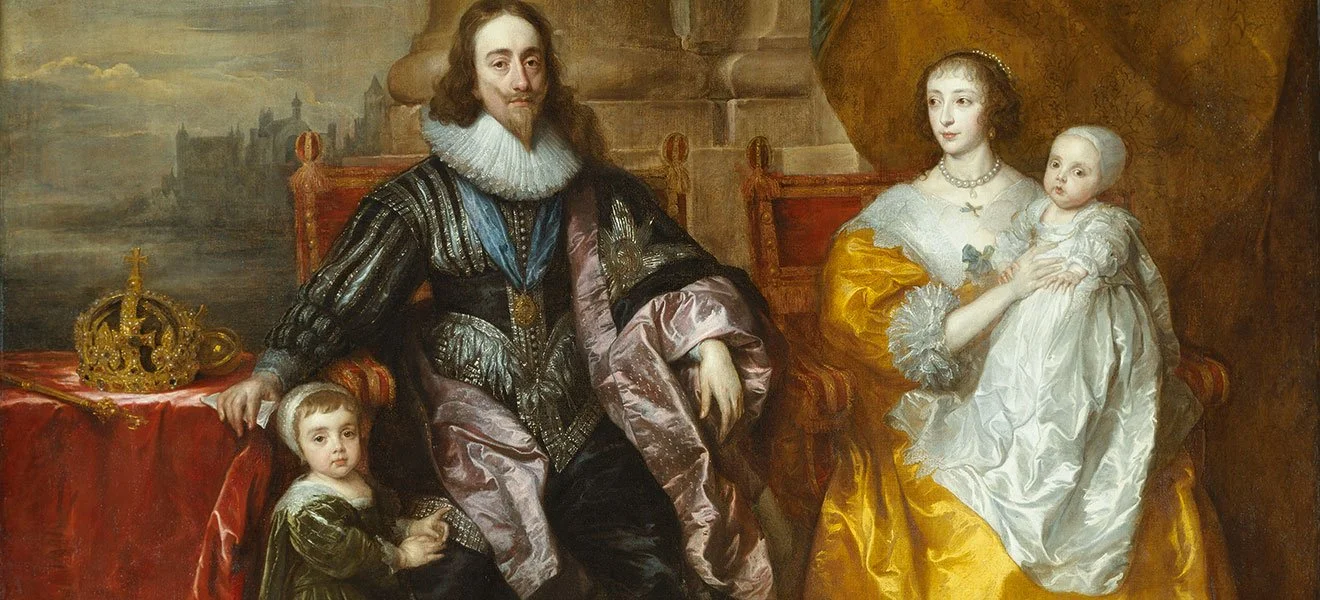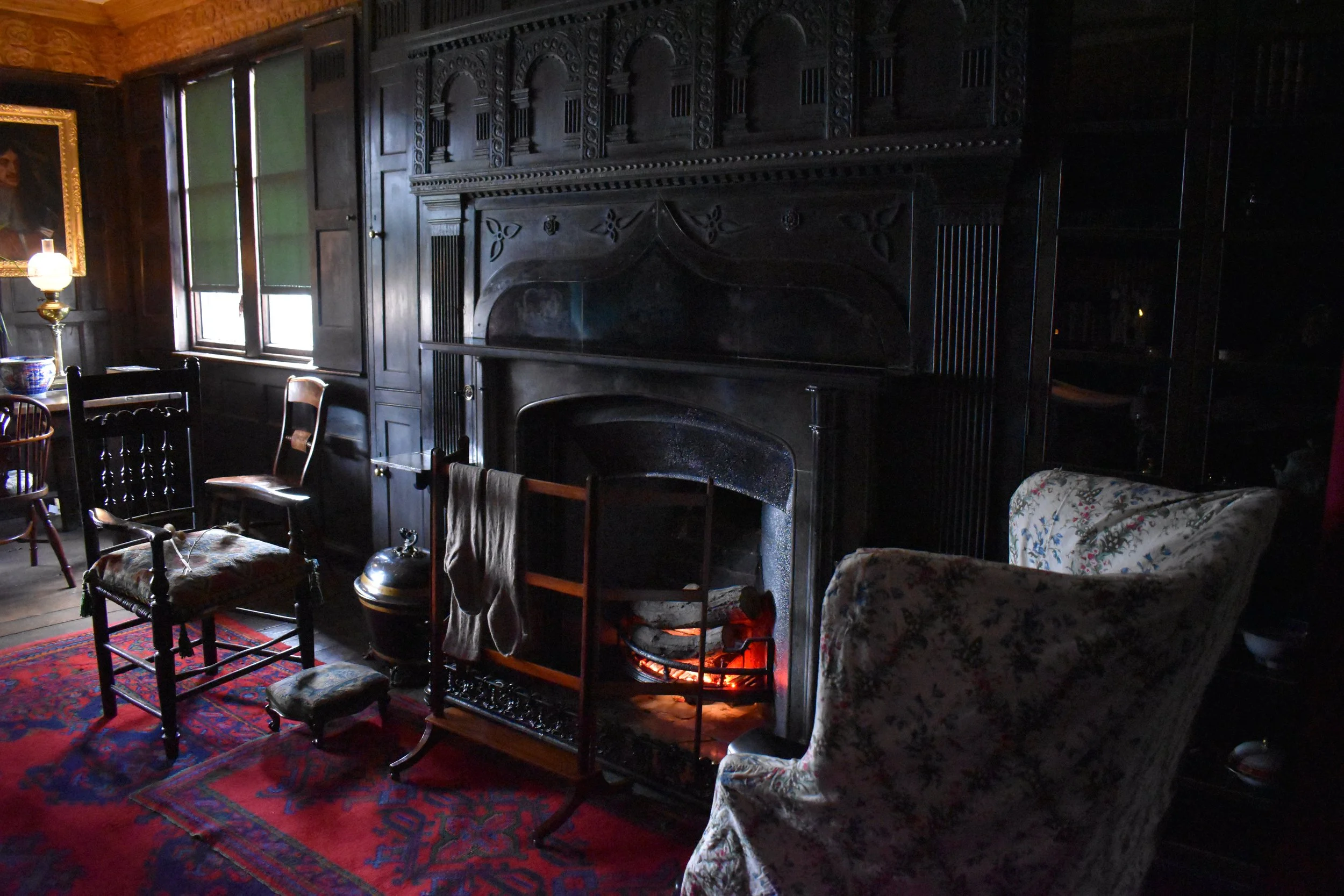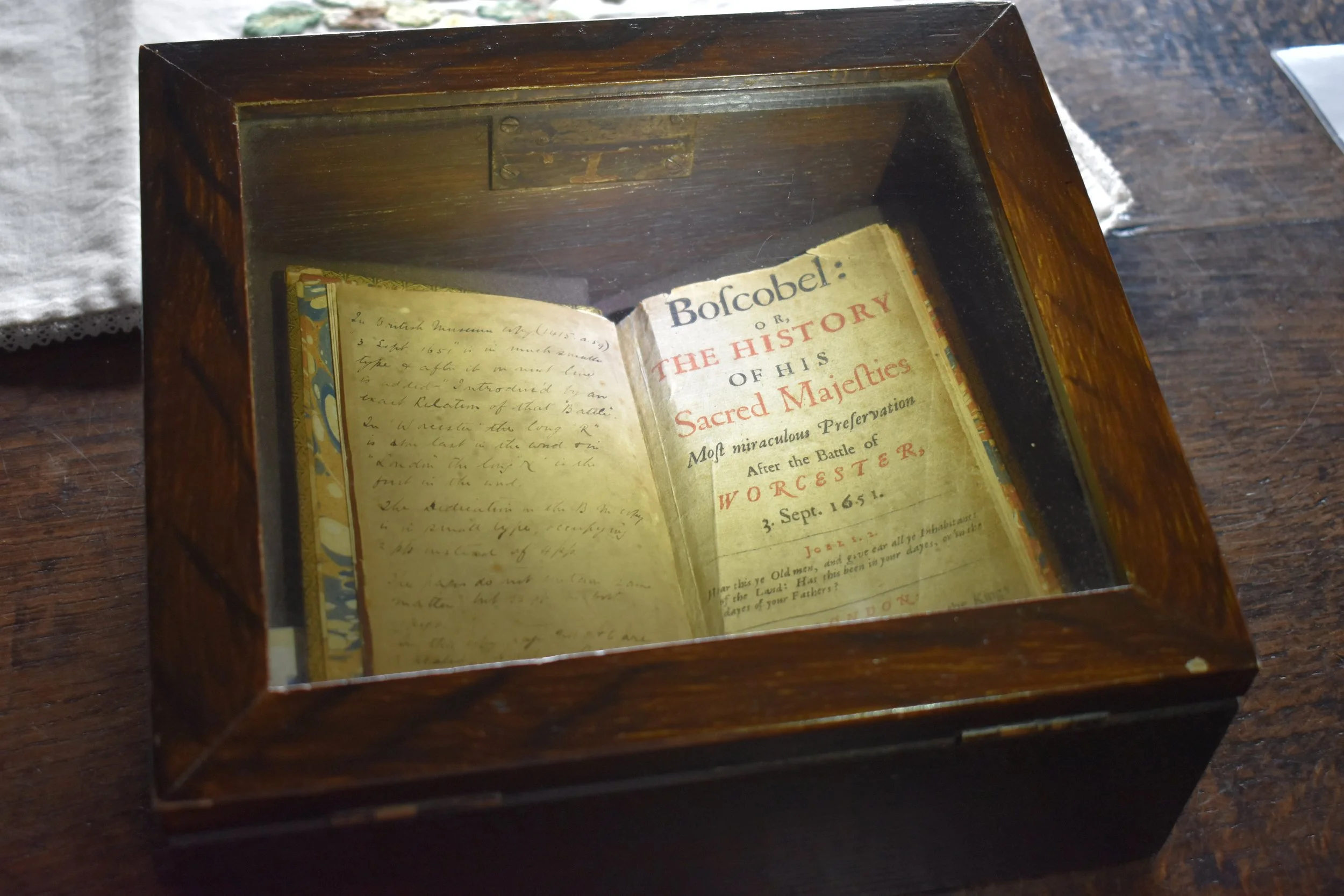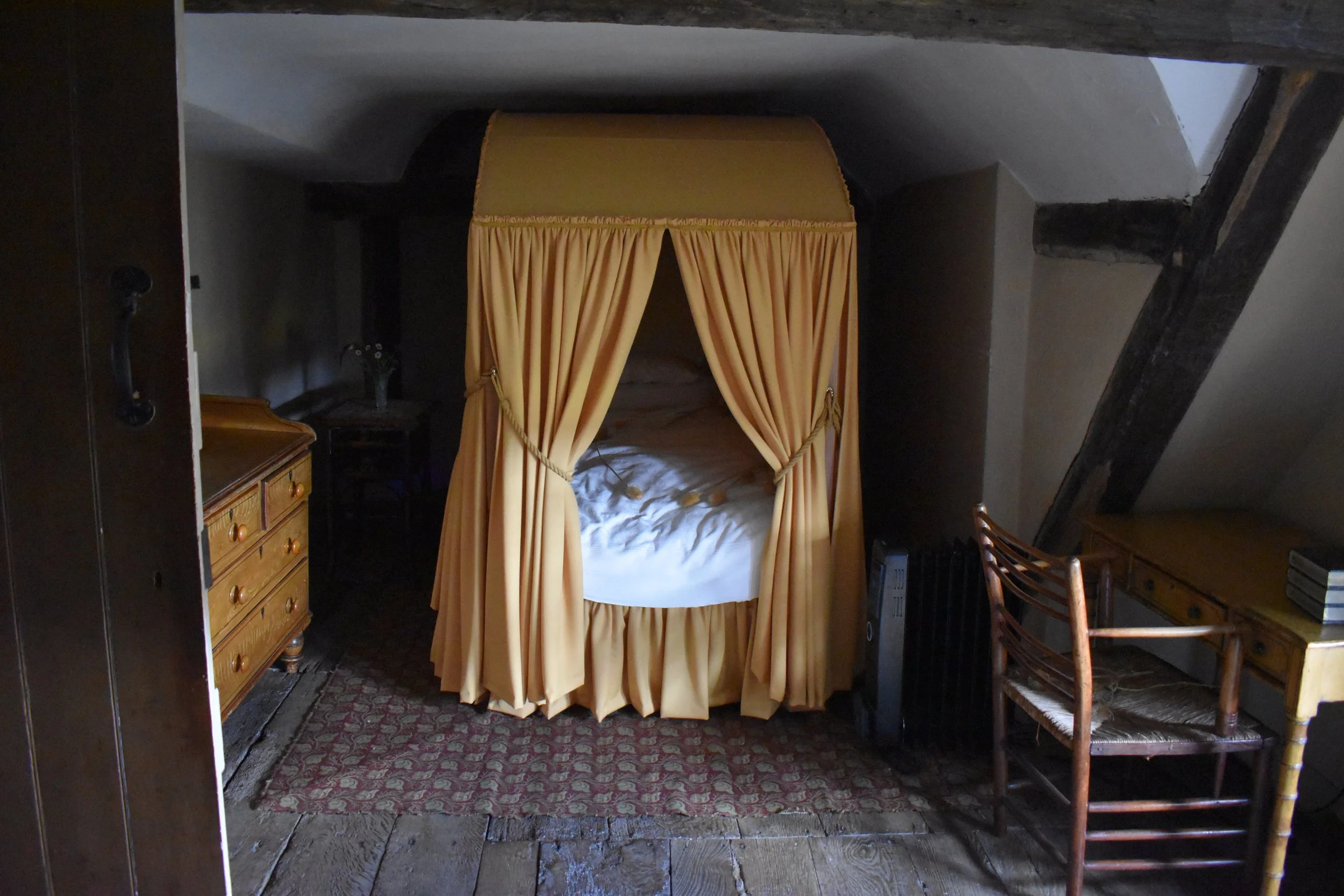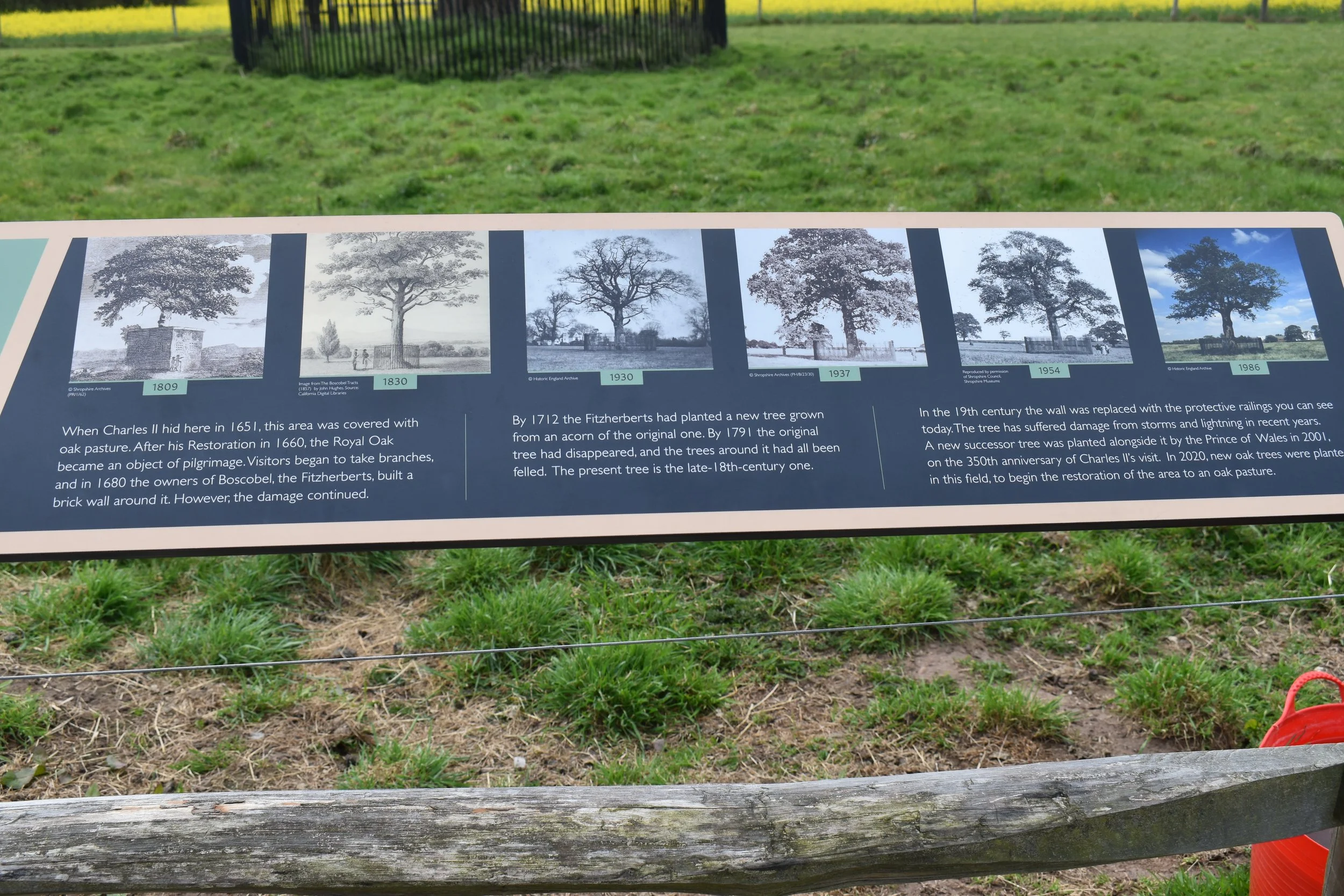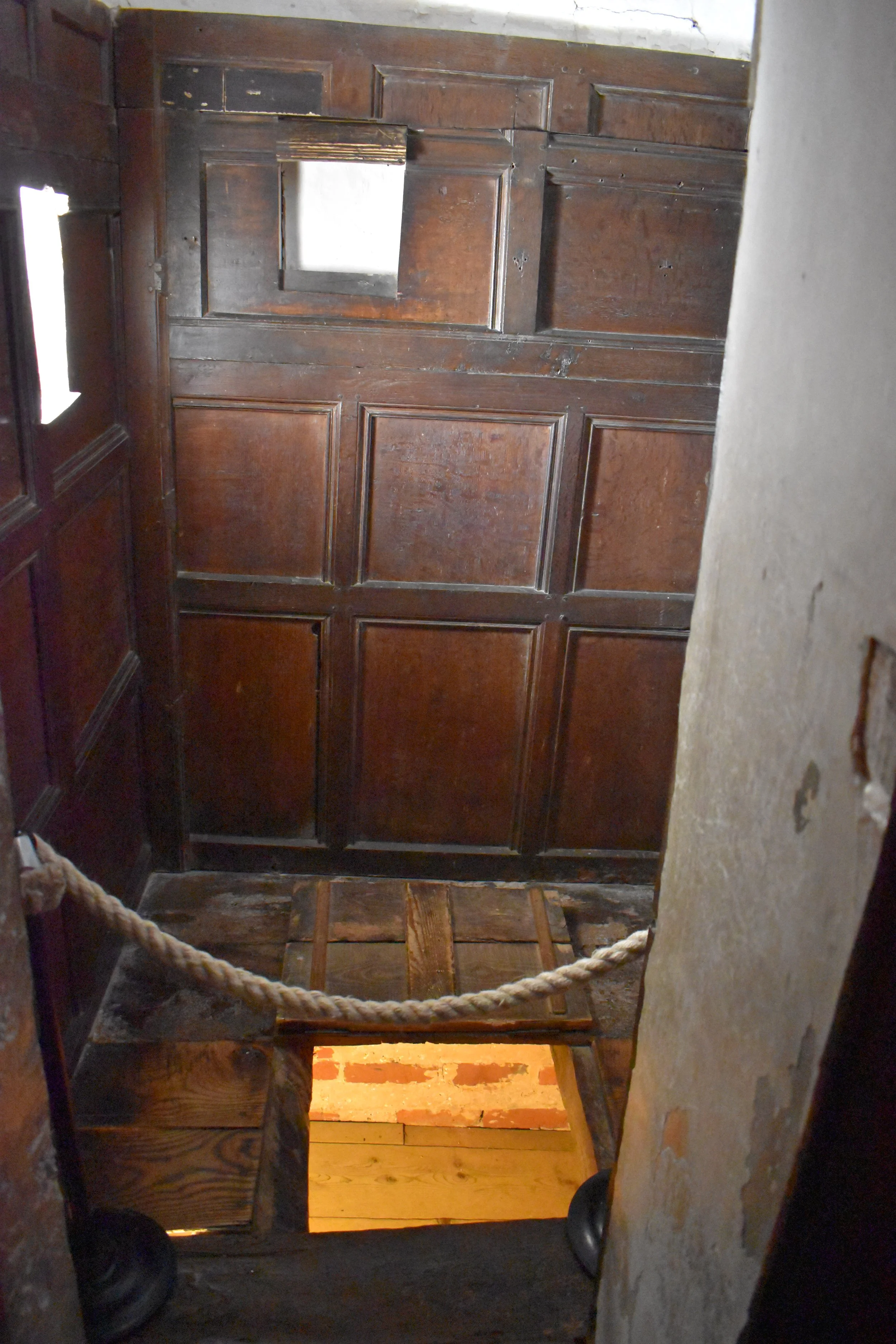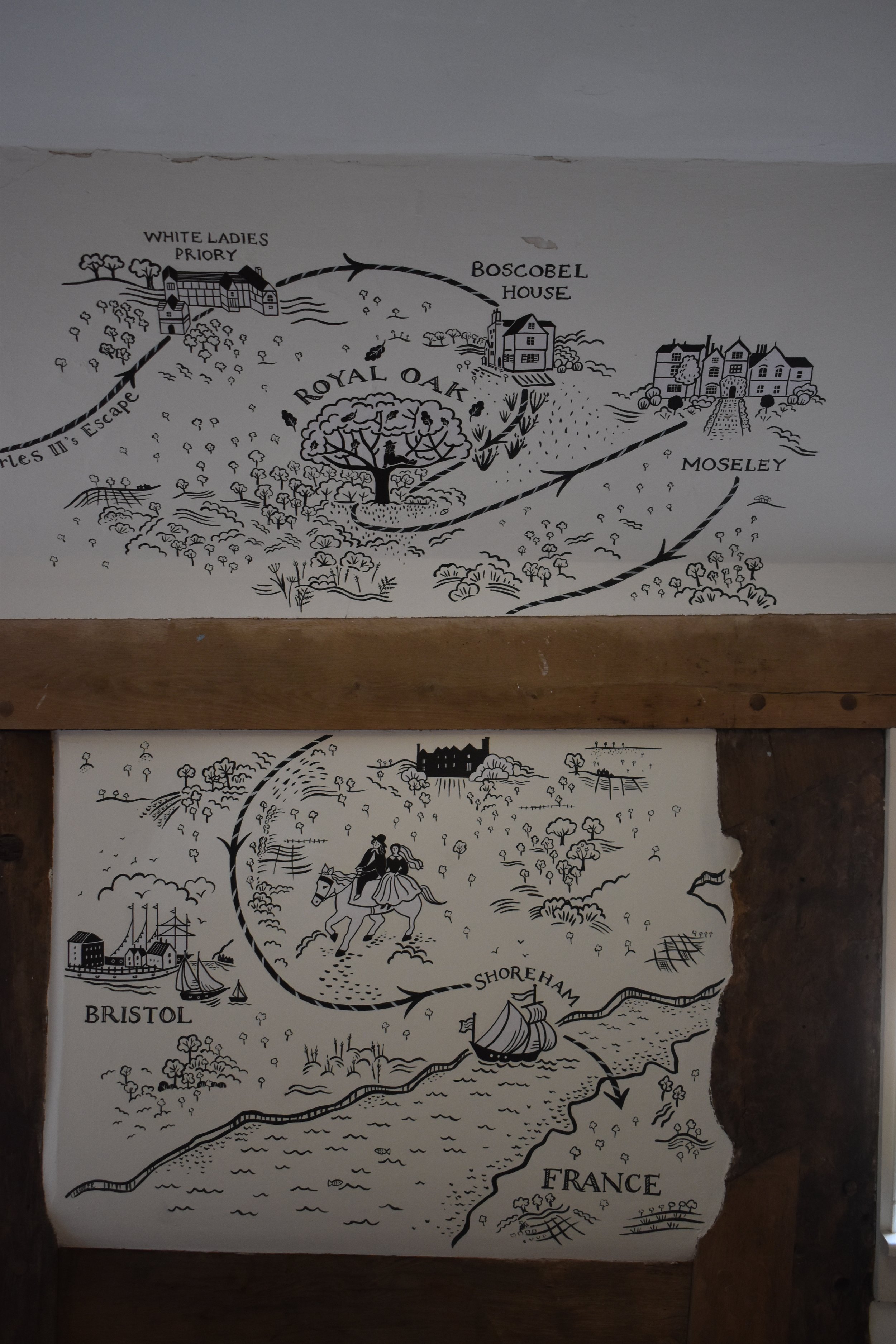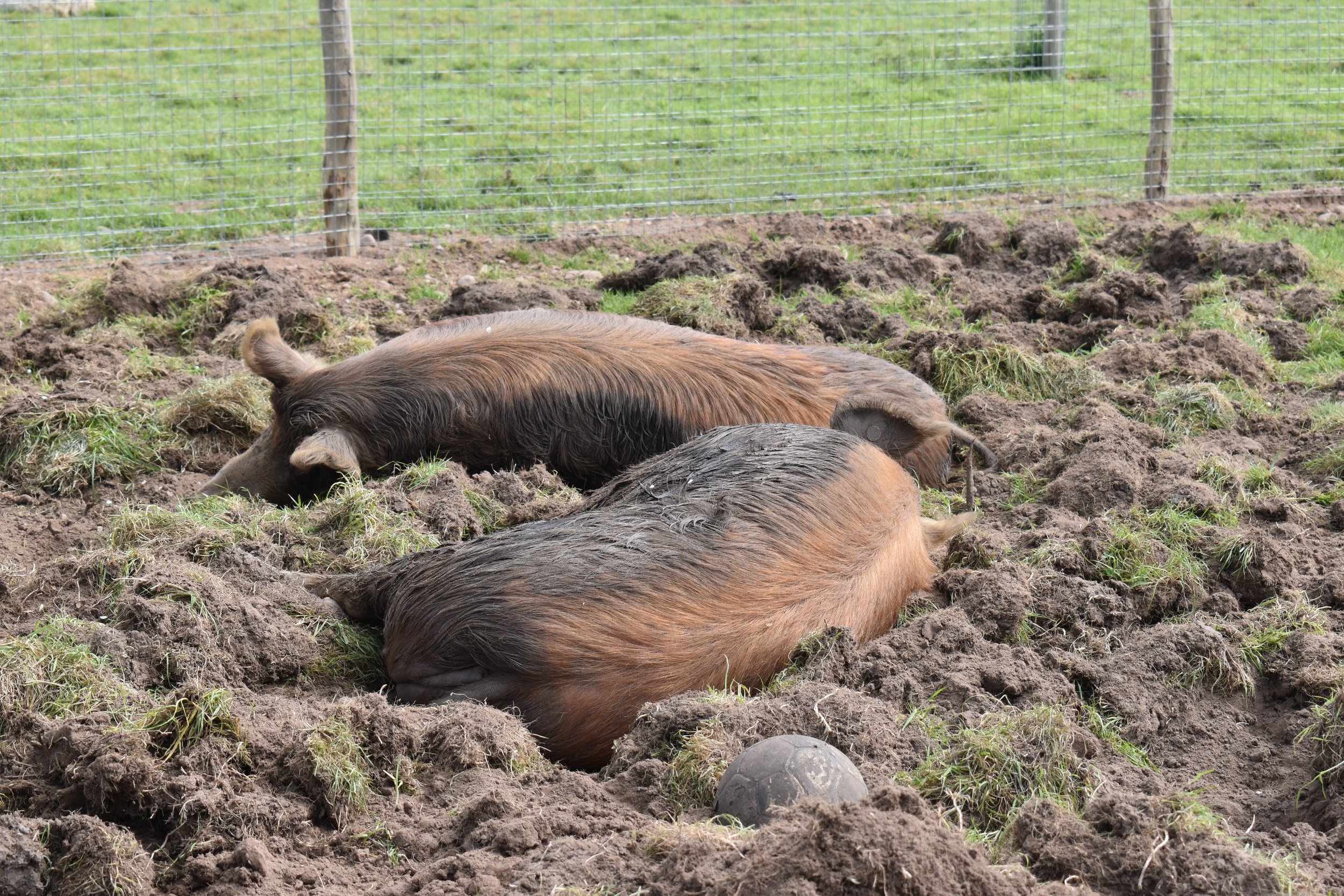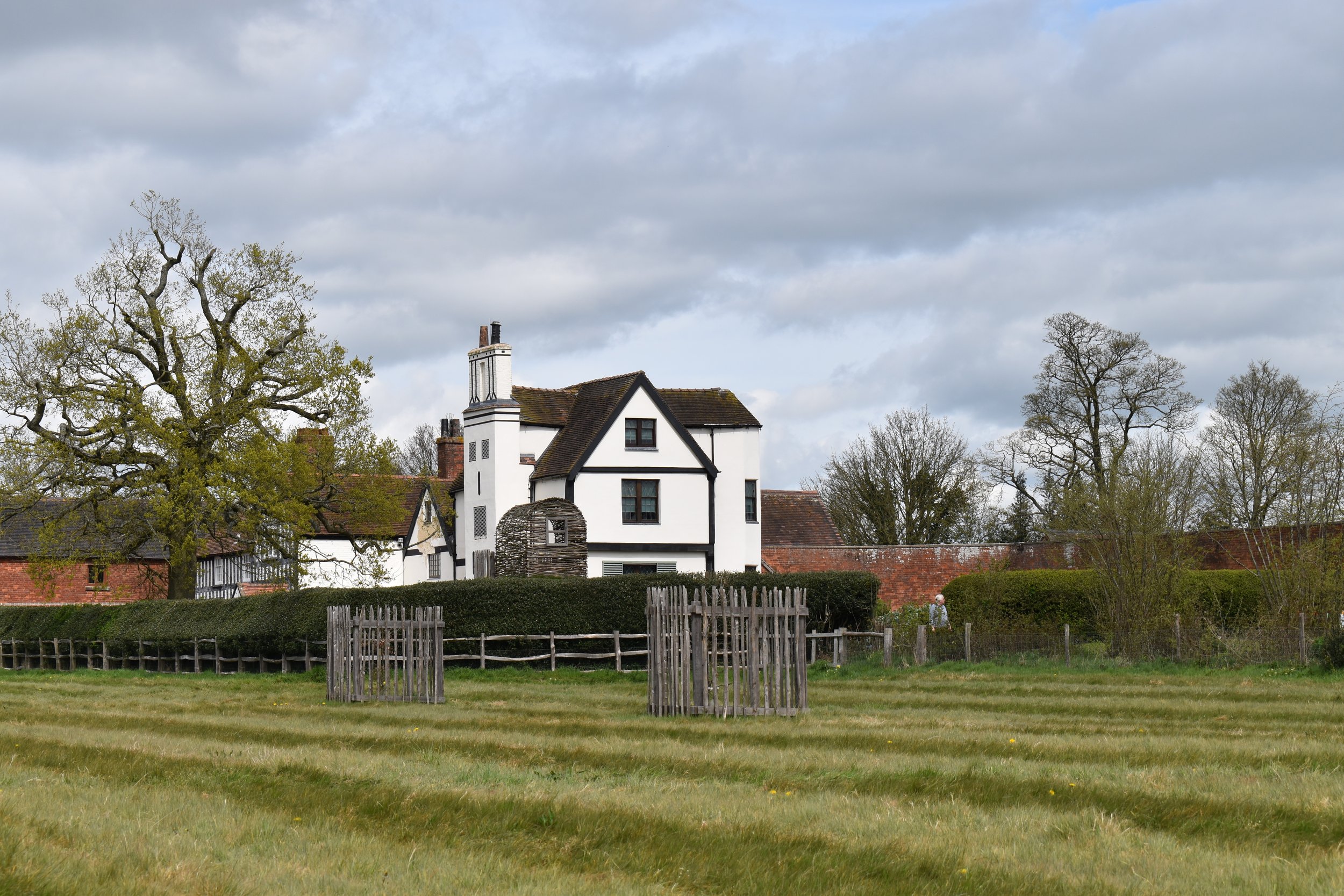Boscobel House and the Royal Oak
The English Civil Wars were a series of conflicts that took place in the middle of the 17th century. Fought between those loyal to King Charles I and those loyal to Parliament, the wars divided the country at all levels of society and at the heart of the conflict were fundamental questions about power and religion.
National Portrait Gallery
Charles I was executed in 1649, leaving the country without a monarch, but it was only a matter of time until his son, also called Charles, attempted to regain the throne. In 1650–51 he came out of hiding and made his first stand, but was defeated and forced to flee to safety.
Now managed by English Heritage, Boscobel House is a picturesque hunting lodge on the northern border of Shropshire where King Charles II took refuge in 1651, fleeing for his life after the Battle of Worcester. Created around 1632, Boscobel is on land which belonged to White Ladies Priory leased from the Crown by William Skeffington of Wolverhampton following the Dissolution of the Monasteries.
At 3am on the 4th September 1651, sixty Royalist soldiers arrived at White Ladies Priory. Amongst them was the 21-year-old Charles. son of Charles I, who had escaped the decisive defeat of the Royalists at the Battle of Worcester and was now in desperate need of a place to hide.
Having failed in an attempt to reach Wales, Charles headed for Boscobel House where he arrived at about 3am on Saturday 6th September. But even here he wasn’t safe from the Parliamentarian soldiers who were in pursuit. So he and another fugitive, William Careless, hid in a great oak in the grounds of the house from where they watched the soldiers who were searching the estate.
English Heritage have done a wonderful job of making this story come alive! Placing your ‘candle’ in certain places around the house activates various effects, offering an immersive and entertaining experience. Add to this knowledgeable room guides and the natural atmosphere of this old house and grounds and the past seems very present. There is certainly plenty to discover here.
At the top of the house, in the attic, is a priest’s hole, thought to be where Charles hid after leaving the tree. Gazing down through the glass covering, I wondered about this young man- and others who hid here- terrified of being caught, huddled in this tiny space at the mercy of chance and the loyalty of those around him and then my thoughts drifted to the ‘ordinary’ people whose lives were shattered by these national events which had so little to do with them- and sadly, how little things have changed.
A second hidden chamber can be seen on the first floor, but there is some doubt as to whether this is original or a later addition. The Royal Oak in which Charles found refuge no longer stands; however, a tree thought to be a descendant of the original Royal Oak stands in the grounds, accompanied by information charting the tree’s history.
With a Victorian farmyard, a 17th century garden, play area and lovely tea room, there is plenty here in addition to all the history to keep visitors entertained and happy for hours.
Boscobel House,
Brewood,
Bishop's Wood,
Stafford
ST19 9AR

